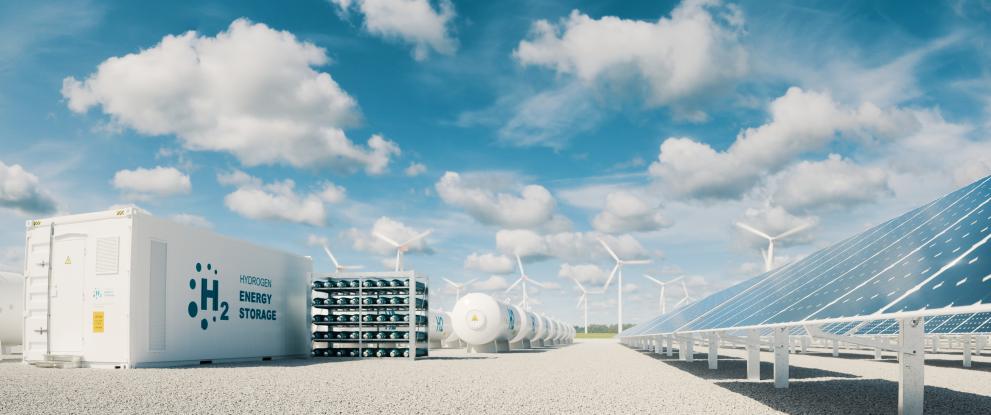
SRIA identifies the key priorities and the essential technologies and innovations required to achieve the objectives of the joint undertaking, while the AWP is implementing them on an annual basis and within the available budget.
The research and innovation activities of the Clean Hydrogen JU will build on the results of FCH JU (its predecessor), with focus to areas related primarily to the production of clean hydrogen, as well as the distribution, storage and end use applications of low carbon hydrogen in hard to abate sectors. They will be guided to a large extent by EU’s Hydrogen Strategy and the policy developments in this context, contributing to its implementation.
The European Commission will contribute to the Partnership up to €1 billion euro for the period 2021-2027, a budget almost 55% higher than the one of FCH 2 JU (the predecessor of the Clean Hydrogen JU). This amount will be complemented by at least an equivalent amount of investments from the private members of the JU, raising up the total contribution to at least €2 billion euro.
How will this budget be distributed over the next 7 years? Funding will be distributed annually, with the first call for proposals having an overall indicative budget of € 300.5 million, covering a wide spectrum of research and innovation activities along the entire hydrogen supply and value chain: renewable hydrogen production, hydrogen storage and distribution, hydrogen end-use in transport and heat and power.
For example, funding will be provided in 2022 to increase cost reduction and efficiency for a variety of renewable hydrogen production routes, with water electrolysis being the main technology supported. Furthermore, an EU-wide logistical infrastructure needs to be developed to transport hydrogen from areas with large renewable potential to demand centres across Europe.
In the case of hydrogen-based transportation, a number of technology routes still need further improvements and therefore funding support, especially in the context of reducing costs and increasing durability, in order to make them competitive with incumbent technologies.
Hydrogen offers a unique chance to decarbonise the power generation and heating sectors reliably and independently from weather or seasonal conditions. The Partnership will also support this year the European supply chain actors to develop a portfolio of solutions providing clean, renewable and flexible heat and power generation for all end users’ needs and across all system sizes; from domestic systems all the way to large-scale power generation plants.
Moreover, mass-market commercialisation of hydrogen-based technologies presents a number of systemic (or horizontal) challenges that need to be addressed to effectively kick-start a hydrogen ecosystem of significant scale throughout the EU in the coming decade, therefore issues such as sustainability, safety or education are also considered as priorities in 2022.
Finally, the development of hydrogen valleys is now one of the main priorities of the Partnership (the JU) for scaling-up hydrogen deployments and creating interconnected hydrogen ecosystems across Europe, and it will continue to be supported in 2022 by advancing the innovative concept but also extending it towards Central and East Europe.
In all these activities, collaboration with other programmes, in particular the other European partnerships or Connecting Europe Facility (CEF) will allow for synergies in end-use areas such as road transport, train, maritime, aviation, or clean steel production
Details
- Publication date
- 28 February 2022
- Author
- Clean Hydrogen Joint Undertaking
